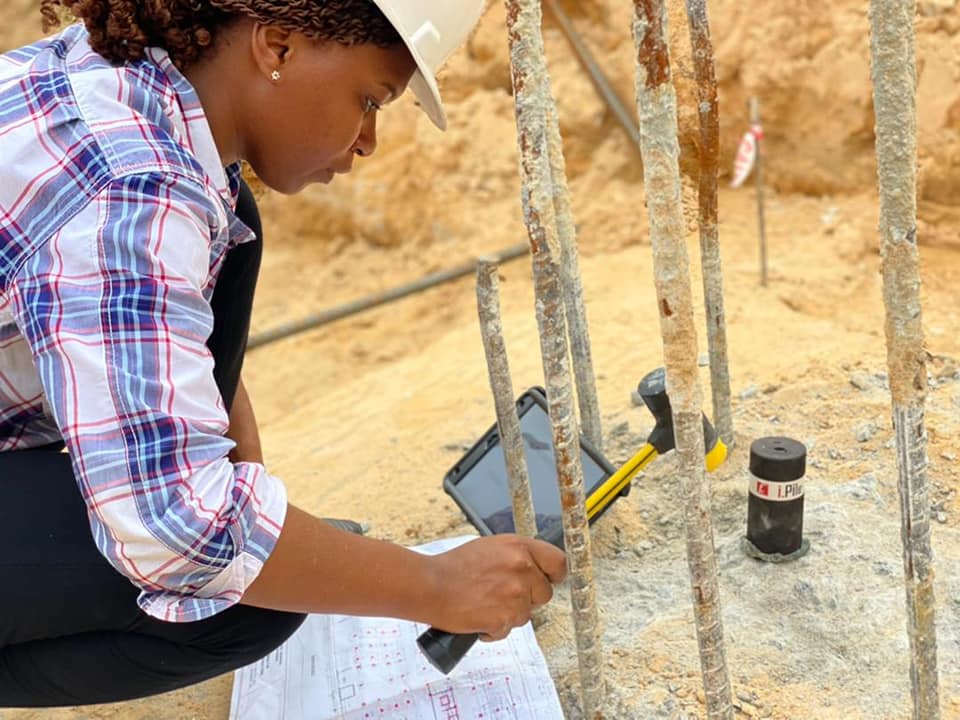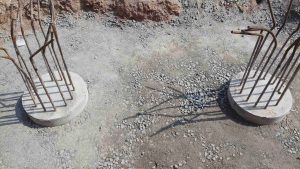Pile foundations are critical components in modern construction, providing the necessary support for structures built on weak or unstable soil. Ensuring their stability and safety is not just a regulatory requirement but also a cornerstone of structural integrity. In this article, we will explore the key methods used to test pile foundations for stability and safety, ensuring that your construction project is on solid ground, literally and figuratively.
Why Testing Pile Foundations Is Crucial
Pile foundations bear the weight of structures and transfer it to deeper soil layers or rock strata, bypassing weaker surface soils. Inadequate testing can lead to foundation failure, which can have catastrophic consequences for the structure and its occupants. Testing ensures:
- Load-Bearing Capacity: Verifying that the piles can handle the designed load.
- Structural Integrity: Ensuring there are no material defects.
- Compliance with Standards: Meeting local building codes and safety regulations.
Key Methods for Testing Pile Foundations
There are several methods to test pile foundations, each tailored to specific project needs and conditions. Here are the most commonly used techniques:
- Static Load Testing (SLT)
- What It Is: A direct method where a load is applied to the pile to measure its bearing capacity.
- How It Works: The pile is loaded incrementally, and the settlement is recorded at each stage.
- Pros: Highly accurate.
- Cons: Time-consuming and expensive.
- Applications: Ideal for projects requiring precise data.
- Pile Load Testing (PLT)
- What It Is: Involves striking the pile with a hammer and measuring the resulting vibrations.
- How It Works: Sensors installed on the pile record data on stress, strain, and displacement.
- Pros: Faster and more cost-effective than SLT.
- Cons: Less accurate for complex soil conditions.
- Applications: Useful for large-scale projects with numerous piles.
- Pile Integrity Testing (PIT)
- What It Is: A non-destructive test to detect flaws within the pile.
- How It Works: A small hammer taps the pile head, and sensors measure the response to identify cracks, voids, or other defects.
- Pros: Quick and non-invasive.
- Cons: Limited to detecting anomalies near the surface.
- Applications: Pre-screening method to complement other tests.
- Crosshole Sonic Logging (CSL)
- What It Is: Tests the concrete quality of cast-in-place piles.
- How It Works: Probes inserted into pre-installed tubes in the pile send and receive ultrasonic pulses to assess consistency.
- Pros: Accurate for detecting deep anomalies.
- Cons: Requires pre-planning and additional setup.
- Applications: Ideal for large-diameter or critical piles.
- High-Strain Dynamic Testing (HSDT)
- What It Is: Combines aspects of PLT and PIT to evaluate both load capacity and integrity.
- How It Works: High-strain impacts create a response measured by sensors.
- Pros: Provides comprehensive data.
- Cons: Requires specialized equipment and expertise.
- Applications: Suitable for large-scale infrastructure projects.
Testing pile foundations requires expertise and precision. Partnering with experienced geotechnical engineering firms can make all the difference. At AOA Geo-Net, we specialize in advanced pile foundation testing methods, leveraging state-of-the-art technology and industry best practices to deliver reliable results.
Whether you’re building a high-rise or a bridge, contact us to ensure your foundation is rock-solid.




